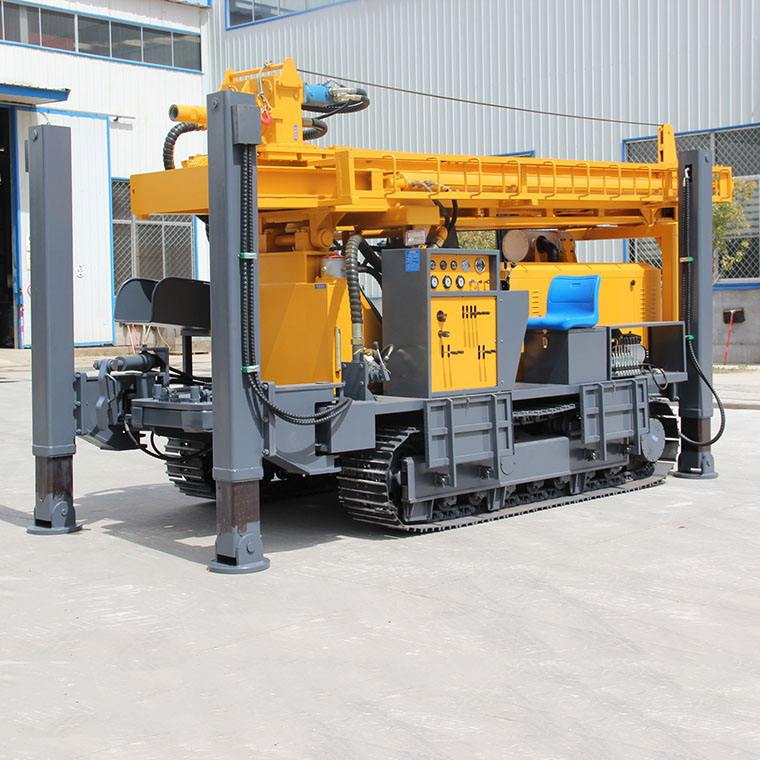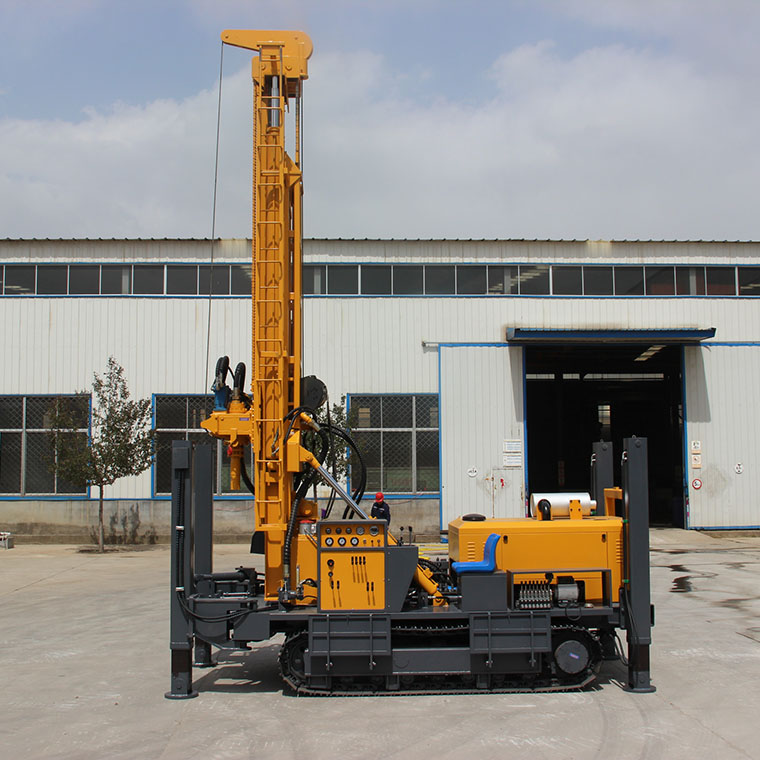Sources and Solutions for Water Well Drilling Rig Noise in 2025
Water well Drilling Rigs are absolutely crucial for getting to groundwater, and they're getting more efficient every year. But let's be real: the noise is a constant, massive headache for everyone on the site and in the nearby communities. Even with all the design and tech improvements we have seen going into 2025, the noise problem is still here, and it mostly comes from a few core parts of the machine.

The Main Noise Culprits
1. The Powerhouse: Engine and Motor
Diesel Engines: They create huge amounts of low-to-mid frequency noise from the combustion, exhaust, and all the mechanical moving parts (like pistons and valves). A big engine's roar can travel miles across an open drilling site.
Cooling System: The fans that cool the engine and hydraulic system spin super fast, generating that high-pitched wind noise. That's usually what really gets you when you're standing close by.
Exhaust System: High-velocity exhaust gases shoot out, and if the muffler isn't designed right or isn't well-maintained, you get those big, loud, pulsating booms.
2. The Mechanics: Drive and Drilling Gear
Drill Pipe Bangs and Vibrations: As the pipe rotates or uses percussion (hammering), it constantly hits and rubs against the borehole walls, the casing, and internal machine parts. This impact and friction is a major noise source.
Gearboxes and Hydraulic Pumps: The high-precision gears in the speed reducer and main drive create that high-pitched whining or screeching noise and a lot of vibration. Plus, the big hydraulic pumps—with all that fast-moving oil and pressure changes—make the whole structure vibrate and radiate noise.
3. The Specialty Systems: Air and Mud
Air Compressor: This is the heart of an air-driven rig. The intake, the exhaust, and the fast-spinning internal pistons or screws create massive mechanical noise and air flow noise. It's really substantial.
High-Pressure Jets and Exhaust: The DTH hammer itself, working deep down in the hole, blasts out high-pressure air at high speed, creating a tremendous jet noise as it escapes. For mud drilling, you can't ignore the Mud Pump's noise and the sound of the mud rushing through the pipes.
What the Industry is Doing About It
Take a brand like Pearldrill, for example. They specifically focus on being quiet in their well rig designs. They use a fully enclosed, soundproof canopy and put special sound-absorbing liners around the loudest components, like the air compressor and the engine. They also use low-noise hydraulic pumps in their systems, optimizing the flow channels and using special anti-vibration mounts. This cuts down on the vibration and pulsing noise from the hydraulics, so you still get powerful performance but in a much friendlier environment.
The Future of Noise Control
1. Active Noise Cancellation (ANC): Like the tech in your headphones, they'll use anti-phase sound waves to cancel out mechanical noise, which is great for tackling those specific, fixed-frequency whines.
2. New Materials: We'll see more use of high-strength composite materials and sound-dampening materials for the machine bodies and canopies to boost both sound insulation and vibration absorption.
3. Electric and Hybrid Power: We're moving away from loud diesel engines toward quieter, lower-vibration electric or hybrid systems. This is the ultimate goal: stopping the combustion and mechanical noise right at the source!
 Bottom Line:
Bottom Line:
Managing water well drilling rig noise in 2025 is a complex project. It needs a team effort from manufacturers, drilling contractors, and research institutions. By constantly innovating and ensuring strict operational management, we can definitely meet our water development needs while seriously reducing the noise impact on the environment and the people working around the rig. We're working towards Green Drilling!
Contact us
Want to Know More About Water Well Drilling Rigs Operation? Contact Us.

